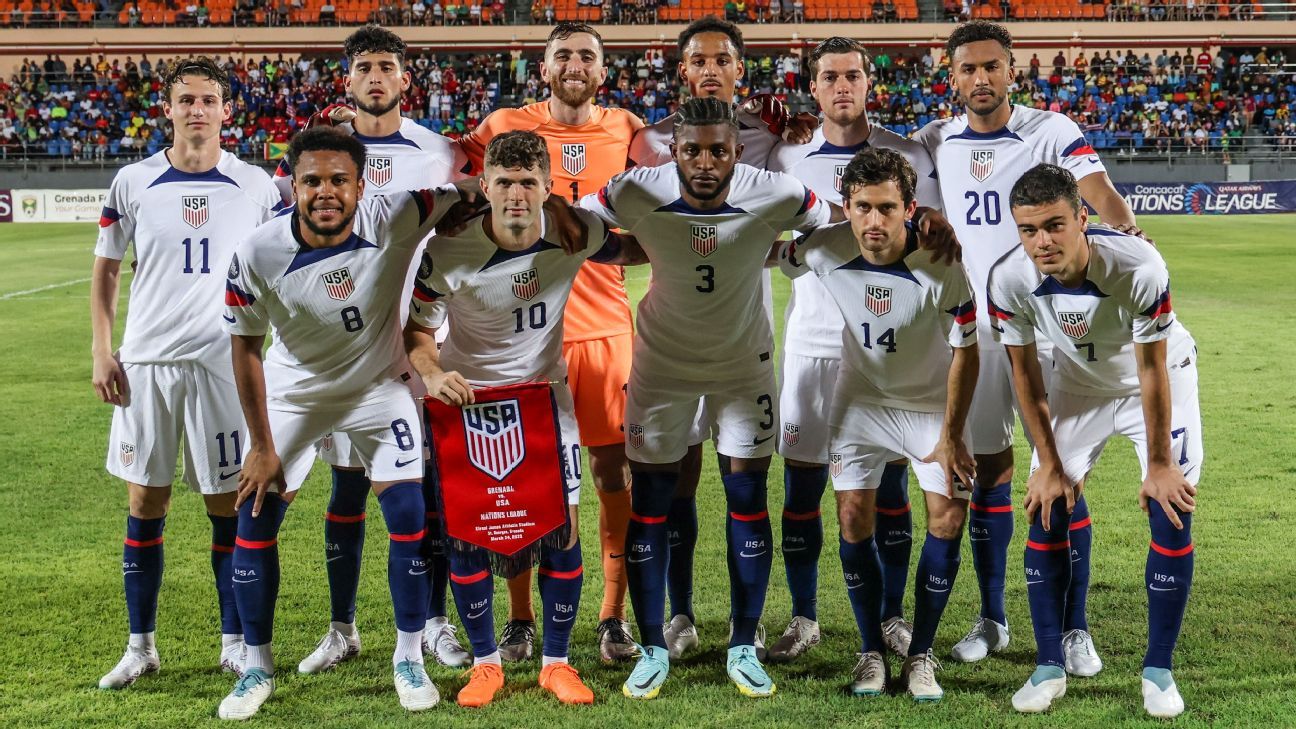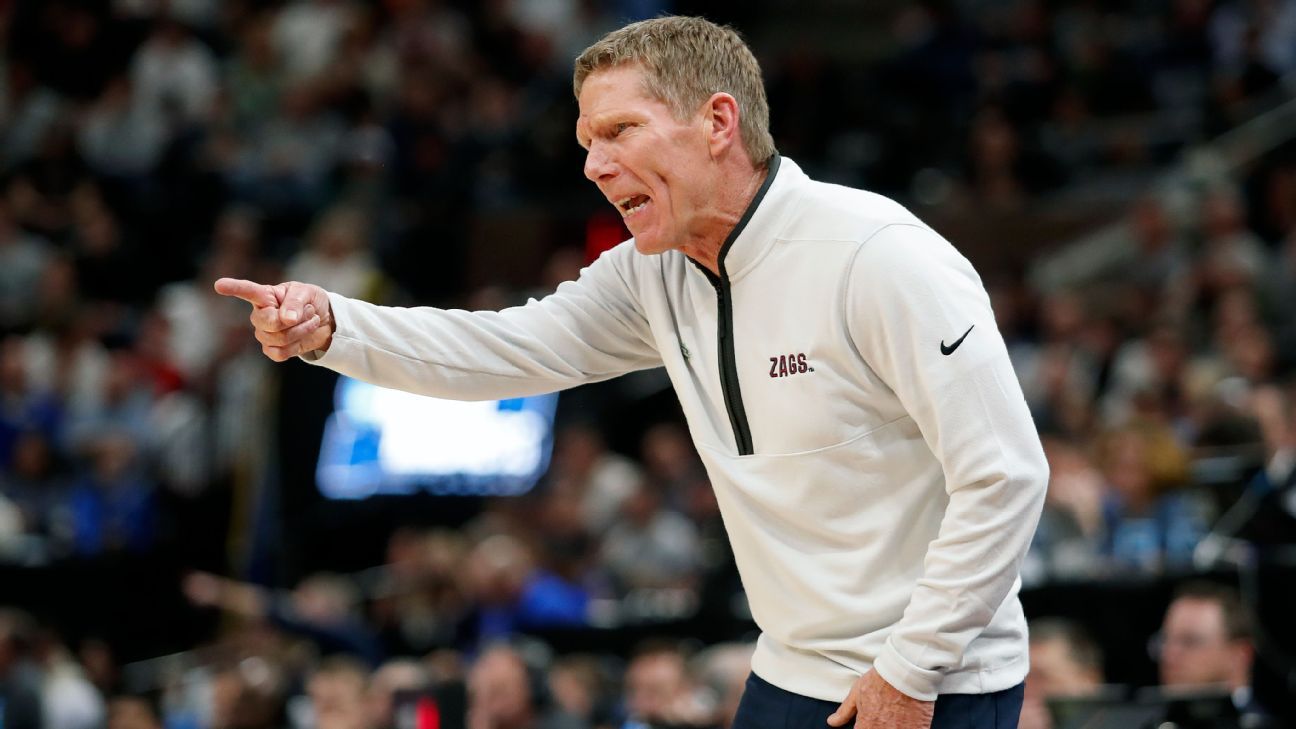Evolution of the US Men’s National Team Roster
On March 24, 2023, the United States men’s national team secured a victory against Grenada, showcasing a stellar performance by players such as Weston McKennie, Ricardo Pepi, and Christian Pulisic. This win elevated them to the top of Group D in the Concacaf Nations League. However, this game marked a significant shift in history as, for the first time since Major League Soccer’s inception in 1996, the match-day roster did not include a single player from the U.S. first division.
Atlanta United’s Miles Robinson, the sole MLS representative in the training camp roster, was sidelined due to injury, highlighting a growing trend where American players are venturing beyond domestic boundaries to ply their trade. The dwindling presence of current MLS players in the national team setup contrasts starkly with past World Cup squads. In 1998, 16 out of 22 players hailed from MLS, a number that decreased to just nine out of 26 participants in the latest edition in Qatar.
Impact of MLS and USL on Player Development
While the diminishing influence of MLS players on the national team is evident, both MLS and USL continue to play a vital role in nurturing talent for the senior squad. Many players called up for national duty have emerged from MLS or its development academies, underscoring the league’s contribution to the player pool. Gregg Berhalter, the U.S. head coach, emphasized the pivotal role of MLS in shaping American players’ careers, attributing the team’s progress to the league’s sustained investments.
The prevalence of MLS academy graduates in national squads further underscores the league’s developmental impact. Notably, a significant proportion of players on World Cup and U-20 rosters have roots in MLS academies, with several transitioning to overseas clubs for enhanced opportunities and exposure.
Challenges and Opportunities for Domestic Leagues
Despite the surge in homegrown talent making strides in domestic leagues, challenges persist for MLS and USL in retaining top prospects. As MLS aims to elevate its standard and foster player growth, the league faces the dilemma of balancing player development with retaining talent domestically. The growing trend of recruiting seasoned players from abroad to enhance quality poses obstacles for aspiring young Americans seeking a breakthrough.
Reflecting on Japan’s model, where players typically transition to European clubs after accumulating professional experience, MLS seeks to bridge the gap and facilitate smoother transitions for its players. By nurturing a competitive environment and providing exposure to high-level play, both MLS and USL aim to facilitate the seamless progression of American talents onto the global stage.
Shared Goals for Success
While MLS and USL operate with distinct objectives, the symbiotic relationship between domestic leagues and the U.S. men’s national team is evident. A successful national team augurs well for the growth of soccer in the country and the stature of domestic leagues. Collaborative efforts between league entities and the Federation underscore a shared vision for success, with a collective goal of elevating American soccer on the international stage.
As preparations intensify for the 2026 World Cup, a milestone event set to unfold across North America, the integration of MLS and USL talent into the national team setup remains pivotal. The prospect of witnessing American players shine on the world stage serves as a testament to the leagues’ impact on player development and the collective pursuit of sporting excellence.
Image/Photo credit: source url





